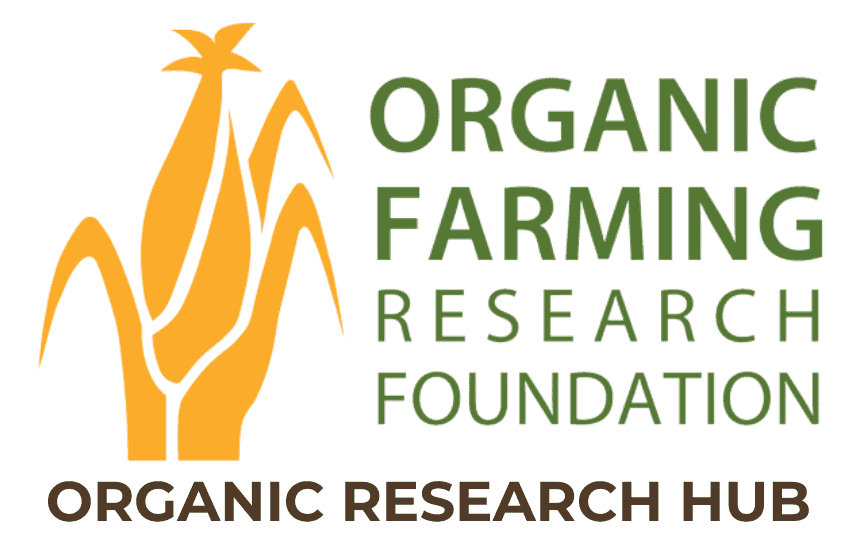Conserving and restoring pollination services in organic farms of Yolo and Solano Counties, Northern California
Claire Kremen, Stanford University

Native bee pollinators connect natural habitats with agricultural areas, depending on natural habitats for forage and nesting resources during part of the year and on agricultural areas for the rest. As such, they provide essential pollination services in both environments, creating a mutual dependence. Issues in one area can significantly impact the other; for example, if natural areas experience a decline in pollination services due to decreasing native bee populations, some native plants may fail to reproduce. This would further deplete natural areas already suffering from reduced species diversity and abundance caused by habitat fragmentation and degradation. Consequently, such declines diminish the availability of forage for bees in the following year, potentially reducing their populations and their ability to pollinate crops.
Understanding the critical role of native bees in agriculture and their dependence on both natural and agricultural habitats will assist in developing effective management and conservation strategies for the pollination services they provide. In our two-year study of various crops in Yolo County, we have documented the significant role of native bees in crop pollination, the importance of natural areas in supporting bee abundance, diversity, and pollination services, and the economic value of native bees as crop pollinators. We also examined the impact of land management practices on enhancing pollination services on farms.
Our findings demonstrate that a diverse array of native bees visits a variety of field crops and that these bees are present in nearby natural areas. We discovered that the environment surrounding the farm, particularly the proportion of wildlands nearby, positively influences bee abundance on farms, as noted by Banaszak (1992). Moreover, native bee communities can fully pollinate specific crops when they exist in sufficiently high numbers on farms. Further analysis will explore how different farm management practices, such as organic versus conventional, affect bee abundance and pollination services.
Region
Western
Topic
Conservation and Habitat
Category
Vegetables/Fruits
Date Range
2000 and earlier
Funding Amount
$8,000
Funding Year
1999Location
Stanford, California
Collaborators
S. Adelman, Wildlife Conservation Society/Stanford University
B. Bugg and R. Thorp, University of California-Davis



